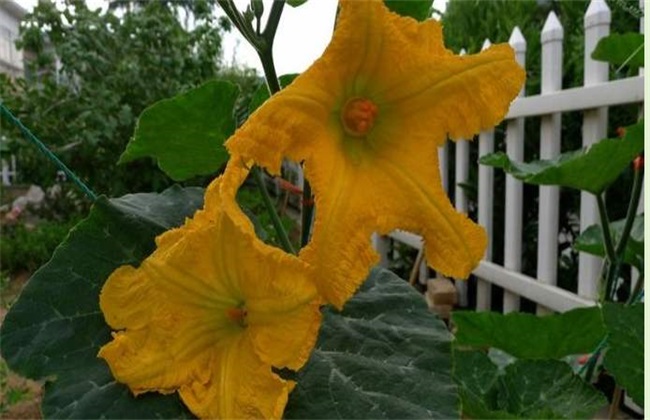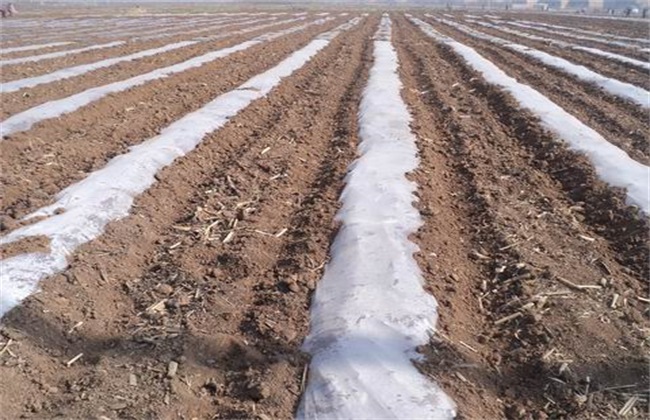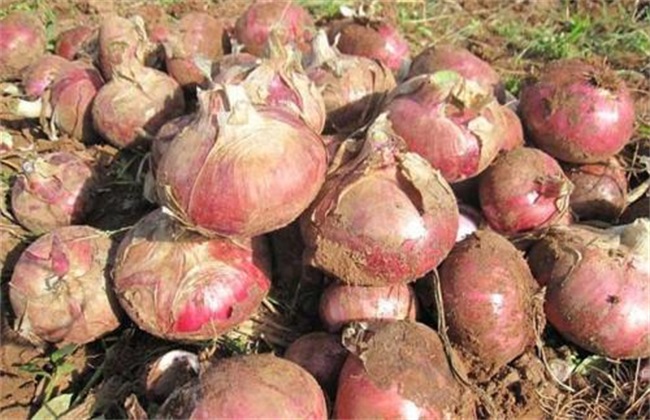Artificial pollination of Pumpkin
Pumpkin as a common melon vegetable, the planting area in our country is still very large. In rural areas, it is also a kind of family vegetable, when planting pumpkin, artificial pollination is needed in order to improve the fruit rate and yield of pumpkin. So how can pumpkins be artificially pollinated? When should it be pollinated? Today, the editor will give you a brief introduction. Let's take a look at it.

1. Why do you need artificial pollination
Although pumpkin will produce more female flowers in the process of growth, its fruit setting rate is not very high, which has a great impact on the early maturity and yield of pumpkin. Therefore, we need to carry out artificial pollination properly, because artificial pollination is the main measure to ensure that pumpkins blossom and bear fruit normally. Pumpkin itself is a hermaphroditic cross-pollinated plant, if there is no artificial pollination, then only rely on bees and other insects to spread pollen. If there is a rainy season, then the pollination rate of insects will be affected, causing pollen transmission to be blocked.
2. Pollination time
The timing of artificial pollination is very important, usually between 7: 00 and 8: 00 a. M. If the pollination time is too late, then the vitality of pollen will be reduced, the pollination effect will become worse, and the melon setting rate is not ideal. Should not be carried out in cloudy and rainy days, if the female flower style is washed away by Rain Water in cloudy and rainy days, the pollen will be washed away, and artificial pollination will naturally have no effect. The Corolla of the pollinated female flower was fastened the night before pollination, then untied the next morning, and then re-fastened after pollination to prevent Rain Water from scouring.
3. Pollination method
The method of pumpkin pollination is very simple. First, pollen is collected from the stamens. Then sprinkle it directly on the pistil, but before pollination, in order to improve the success rate of pollination, it is best to follow the previous method to protect the female flower from rain. When collecting male pollen, you can directly brush the male stamens with a brush, install them with a small plate, and then dip the pollen into the female style.
You can also directly remove the male flowers, then remove the petals, put the style directly on the female flowers, and let the pollen scatter on the stigmas of the female flowers. Finally, honeybees can be put into the garden to achieve the purpose of pollination through the behavior of collecting honey powder, so as to improve the fruit rate and yield of pumpkin.
The above is a brief introduction to the artificial pollination of pumpkin. That's all for today's introduction. This article is for reference only. I hope it can be helpful to all of you.
Related
- Where is it suitable to grow horseradish in China? it is expected to see the middle altitude horseradish in Alishan.
- How to prevent tomato virus disease reasonably? (Control methods included)
- Many people like to plant towel gourd on the balcony. What are the main points of this method and management?
- What crops can chili peppers be mixed with?
- Fertilization techniques and matters needing attention in Tomato
- What are the grafting techniques for peach seedlings in spring?
- Harm and control methods of root swelling disease of Chinese cabbage
- What are the pests of sweet potatoes? How to prevent and cure it?
- Symptoms, causes and Control methods of navel Rot in Tomato
- The cause of "Cucumber rotten bibcock" in Farmers' planting Cucumber and its Control Plan



